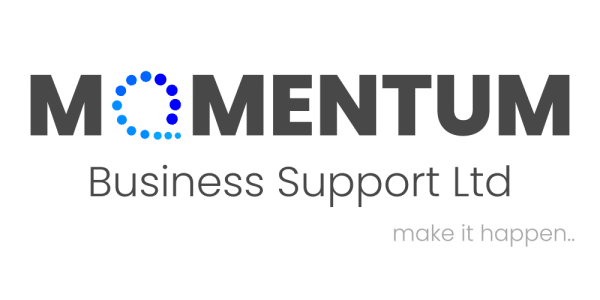It’s no secret that the world of business is a competitive one. As an SME owner, you need to make the most of every opportunity and keep a close eye on your business’s performance. One essential tool to achieve this is to track the right Key Performance Indicators (KPIs). KPIs tell you how well your business is doing against your goals, allowing you to measure growth and uncover areas for improvement. In this blog post, we’ll delve into the most critical KPIs you need to track to measure your SME’s success.
1. Monthly Revenue Growth: One of the most important metrics for SMEs is growth. To measure this, track your monthly revenue growth, which shows how much your sales are increasing each month. You should target a steady, incremental monthly revenue growth percentage that will enable you to reach your goals. If your revenue growth is declining or stagnant, you’ll need to investigate why this is happening.
2. Customer Acquisition Cost (CAC): CAC is the total cost involved in acquiring a new customer, including sales and marketing costs. It’s essential to track this metric as it helps you understand how much money you’re spending to attract new customers and whether this cost can be reduced. Ideally, your CAC should be lower than your Customer Lifetime Value (CLV) to ensure profitability.
3. Gross Margin: This KPI measures the percentage of revenue that remains after accounting for the cost of goods sold. It helps you understand how efficiently your business is operating. A high gross margin indicates that your business is generating more income for each unit of product sold. A low gross margin suggests that your business is inefficient, and you may need to consider cost-cutting measures.
4. Customer Retention Rate: Customer retention is critical for SMEs as it costs significantly less to retain a customer than to acquire a new one. Tracking your customer retention rate allows you to measure how many customers you retain over a certain period and improve your customer experience. Improving customer retention rate means your business will benefit from better brand reputation and positive word of mouth, resulting in more sales.
5. Inventory Turnover: This KPI measures how quickly you can sell inventory and purchase more. A high inventory turnover rate indicates that your business is selling products quickly and efficiently, whereas a low inventory turnover rate suggests that you may have obsolete inventory or slow-moving Stock Keeping Units (SKUs). Efficient inventory management is important to maintain a healthy cash flow and prevent unsold inventory from accumulating.
KPI tracking is crucial for any SME to measure its performance and growth. Identifying the right KPIs helps you stay focused on your goals and make more informed decisions. We hope this blog post has given you a clear understanding of the most important KPIs you need to track. Remember, KPIs should be tailored to your business requirements and goals, and monitored regularly to ensure continued success.
If you’d like to find out more about KPIs or require any additional business support, get in touch. We would love to answer any of your questions and discuss your needs!
E: makeithappen@mbsmih.com T: 01903 688789



